Luang Namtha is the gateway for Northern Laos. Access can be via plane from Vientiane, via road, bus, from Luang Prabang, Nongkhiaw, Udomxay and Houey Xai. It is 3 hours from the border with Houey Xai-Chiang Khong (Laos-Thai) border so a popular destination from Chiang Mai.
Luang Namtha is most famous for trekking and outdoor adventure. However there are many sights that can be enjoyed at a less strenuous pace, and interesting ethnic diversity. The Luang Namtha Valley Route covers many sights, take a bike or motorbike and enjoy a half or full day guiding yourself around the Valley.
Luang Namtha Province is tucked into the north-western corner of Lao PDR. It covers an area of 9,325 square kilometers, with 85% of that terrain being low calciferous mountains, rising between 800-2,000 meters.
Weather, like the rest of the country, is characterized by a rainy season from May to September, a cool dry period from October to February, and March, April are the hottest months. On average daily temperature is a please 25 degrees celsiu, but during the cool season it can dip to zero on the coldest nights.
To the north Luang Namtha shares a 140 kilometer land border with China, and it’s northwest frontier follows a 130 kilometer strech of the Mekong River.
The province is divided into 5 districts, Luang Namtha includes the capital and environs, and is the gateway to travels in the province. Muang Sing, Muang Long are located to the north-west of the capital, Vieng Phouka to the south-west, and Nalae in the south.
Luang Namtha Museum
The provincial museum has a variety of artifacts made by Luang Namtha’s multi-ethnic communities. Of particular interest is the extensive collection of indigenous clothing , as well as agricultural tools and household equipment. There is an excellent collection of Buddha images, bronze drums, ceramics and textiles. Also of interest are the traditional hand made weapons that were once used for hunting and national defense.
Luang Namtha Temples
The Tai Yuan and Tai Lue are devoutly Buddhist. Hence, there are 4 temples and monasteries in the area. Luang Khone Temple, the most important in the area, is located on the main road next to the airport. Vieng Tai Temple, and Vieng Neua Temple, also quite beautiful temples, are as well located on the main road to the airport. The old temple of Vieng Neua village, before the village was moved for the extension of the airport, Vieng Neua Kao Temple is also charming.
There also are two impressive stupas in Luang Namtha located on hills, with wonderful views:
Luang Namtha Stupa
A long time ago Sy Sod So Tammikarad King of Xieng Sean (nowadays Xieng Sean in northern Thailand and Naleatafai King of Chantabouly (nowadays Oudomxay), built two stupas to symbolize their friendship. One stupa was That Phoum Pouk the second stupa, now called the Luang Namtha Stupa , once located on the eastern head of the Namtha River, was lost to the forest, but rebuilt in December 2004. Now called the Luang Namtha Stupa, It’s easy to access from the north end of town.
Poum Puk Stupa
The stupa is located near Nam Ngaen village on a hill in the northeast part of the Namtha Valley. The original stupa was constructed in 1628 to demarcate neutral territory between the Kingdoms of Lane Xang (centered in Luang Prabang) and Lane Na (centered in Chiang Mai). In 1966 the old stupa was destroyed when an American plane dropped a bomb on it. The new monument seen besides the older, ruined stupa was constructed in 2003.
Other sites around the town
Night Market
Situated right in the centre of town, open every evening this is a great place to taste local food, especially delicious barbecue, sticky rice and papaya salad. Travellers and locals alike, congregate here for dinner, it is very convivial. There are also shops selling local handicraft and textiles, as well as Akha women with their distinctive handicraft.
Kalom Style House, Ban Vieng Neua
Ban Vieng Neua (Tai Kalom) is located about 3 km from the town center, close to the airport. The house is built according to the traditional style of the Kalom people (Kalom, also known as Tai Yuan), although some modern toilet facilities have been added. The house can be used by the local villagers for meetings, wedding ceremonies and other events.
Pieng Ngam & Nam Ngaen Villages
The handicraft village Ban Pieng Ngam and the distillery village Ban Nam Ngaen have two ethnic groups, the Tai Daeng and the Tai Kao. The villages are famous for their many different handicrafts. Ban Pieng Ngam has a weaving centre where you can learn about natural dyes, weaving, cotton and silk, and also enjoy a cool drink in the cafe. Not far, within walking distance from Ban Pieng Ngam is the Lao Lao distillery village (Ban Nam Ngaen), where you can see the process of making the famous Lao rice whiskey. You can go by bicycle or motorbike following the Luang Namtha Valley Route map, copies are available at Luang Namtha Tourism Information Center.
Nam Dee Village (Lanten Ethnic Group)
Located not far from Luang Namth,a around 6 km, they people are Lanten, who still keep their traditional culture and way of life. From January to May, it is a good place to observe the process of bamboo paper making. This paper is mainly used in ceremonies. The village now has a home stay program, you can stay 1 night or 2 nights get experience the Lanten culture and tradition, taste local meals, and depending on the season, learn how to make paper from bamboo or participate in the day-to-day work of the family, watching or taking part.
Nam Dee Waterfall
Behind Nam Dee village you will see the entrance to the Nam Dee Waterfall. The area around the waterfall offers good facilities, like a small handicraft shop managed by the villagers; toilets and a house for picnics. Above the waterfall provide you do hiking 1 hour return to your parking.
Nam Ha National Biodiversity Conservation Area
Established in 1993, the mountainous Nam Ha NBCA stretches from the Chinese border through the middle of Namtha province, covering over 2,224,00 hectares and about 24% of the province. In 2003 the Nam Ha National Bio-Diversity Conservation Area (NBCA) was designated as an ASEAN Heritage Site. Nam Ha is contiguous with the 44,000 hectare Shiang Yong Protected Area in Yunnan, China. It is populated with ethnic minority groups and is close to the town so can be accessed in a day trip. This is what makes Luang Namtha an excellent trekking destination; authentic villages, nature and easy access.
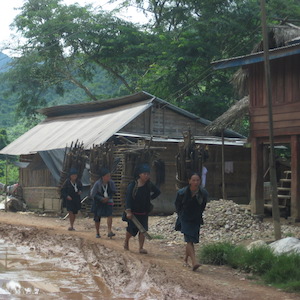

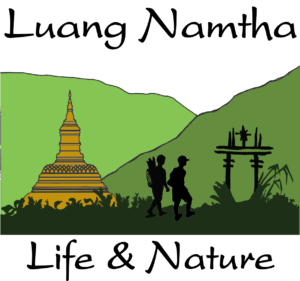
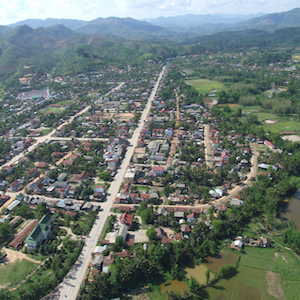
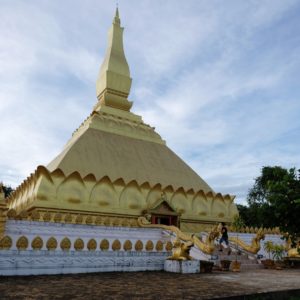
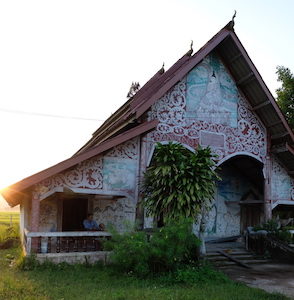
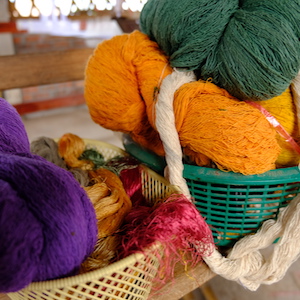





 Users Today : 70
Users Today : 70 This Month : 964
This Month : 964 This Year : 39597
This Year : 39597 Total Users : 85325
Total Users : 85325 Views Today : 184
Views Today : 184 Who's Online : 2
Who's Online : 2